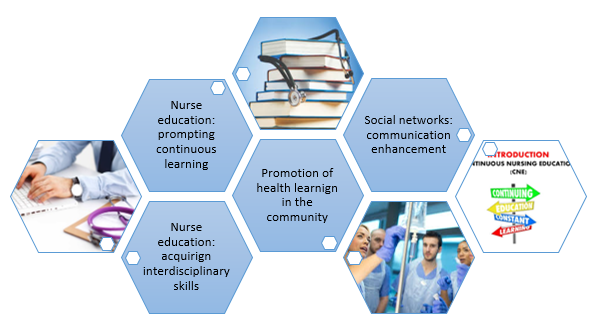Addressing the problem of communicable diseases (CD) within a community requires the use of an efficient leadership technique that allows for a fast dissemination of data among community members and the promotion of a rapid behavior change. Because of the ubiquitous nature of CD, it is critical to build awareness within the shortest deadline possible (Webber, 2016).
With the help of a proper leadership approach, a nurse can encourage a rapid shift in habits and behaviors, yet the design of the specified model will require a strong framework (Eneanya, 2018). The Advocacy Model should be seen as a tool for constructing a leadership model for prompting a behavioral change in the target demographic to avoid CD since the AM builds self-confidence and allows a nurse to focus on individual needs.
Among the key benefits of AM, one should mention the options that it provides for influencing stakeholders. Specifically, it offers nurses an array of tools for communicating with patients as the primary stakeholders, changing their minds in order to shape their behaviors. Furthermore, it gives the families of patients as another group of important stakeholders a chance to adapt toward the needs of patients and give the vulnerable groups the required support.
Furthermore, healthcare organizations as another type of stakeholders gain a chance at improving their services and enhancing communication with communities by reconsidering the existing communication strategies (Beale, 2017). Therefore, stakeholders can be influenced by using statistical data, practical evidence, and social media as the key means of dispersing data.
A single nurse alone will not be able to handle the process of building awareness even with AM as the key strategy. Therefore, the assistance of colleagues and physicians will be needed. The latter will provide consultations to the target demographic, whereas other nurses, particularly, nurse educators, will develop a program for informing the community about CD (Miller & Stoeckel, 2015). Finally, pharmaceutical companies should be regarded as the source of support since they will provide medication for CD management.
Delegating responsibilities is another critical step that will have to be made to prompt a positive shift in patients’ behaviors. For example, one will have to distinguish between the responsibilities associated with the education of patients, the promotion of nurse-patient communication, and the provision of consultations for the target population (Fairall et al., 2016). The specified responsibilities will be delegated form a nurse manager to nurse educators and counselors to use the available resources, including time-related ones, more productively.
The process of leading the team in the promotion of AM will require enhancing cross-disciplinary cooperation and ensuring knowledge sharing as the critical components of success. In addition, nurses will need to acquire new skills related to communication with diverse communities quickly (Duffy et al., 2017). As demonstrated in Fig. 1, it is essential to include social networks in the communication process to maintain the dialogue with the target community and monitor changes in public health.

Due to the promotion of personal agency and the enhancement of meeting patient-specific needs, one should consider utilizing the AM as the device for encouraging a behavior change in handling the problem of CD. The proposed objective will require a shift in the leadership roles adopted by nurses toward the TL framework because of the potential for change that it possesses. By influencing all stakeholders involved, including patients, nurses, clinicians, and organizations, the specified framework provides a chance to integrate the latest communication management techniques and, thus improve recovery rates among patients.
References
Beale, L. (2017). Human disease and health promotion. New York, NY: John Wiley & Sons.
Duffy, M., Ojikutu, B., Andrian, S., Sohng, E., Minior, T., & Hirschhorn, L. R. (2017). Non‐communicable diseases and HIV care and treatment: Models of integrated service delivery. Tropical Medicine & International Health, 22(8), 926-937. Web.
Eneanya, A. N. (2018). Human rights, public values, and leadership in healthcare policy. New York, NY: IGI Global.
Fairall, L. R., Folb, N., Timmerman, V., Lombard, C., Steyn, K., Bachmann, M. O.,… Gaziano, T. (2016). Educational outreach with an integrated clinical tool for nurse-led non-communicable chronic disease management in primary care in South Africa: A pragmatic cluster randomised controlled trial. PLoS Medicine, 13(11), 1-27. Web.
Miller, M. A., & Stoeckel, P. R. (2015). Client education: Theory and practice (2nd ed.). New York, NY: Jones & Bartlett Publishers.
Webber, R. (2016). Communicable diseases: A global perspective (5th ed.). Boston, MA: CABI.